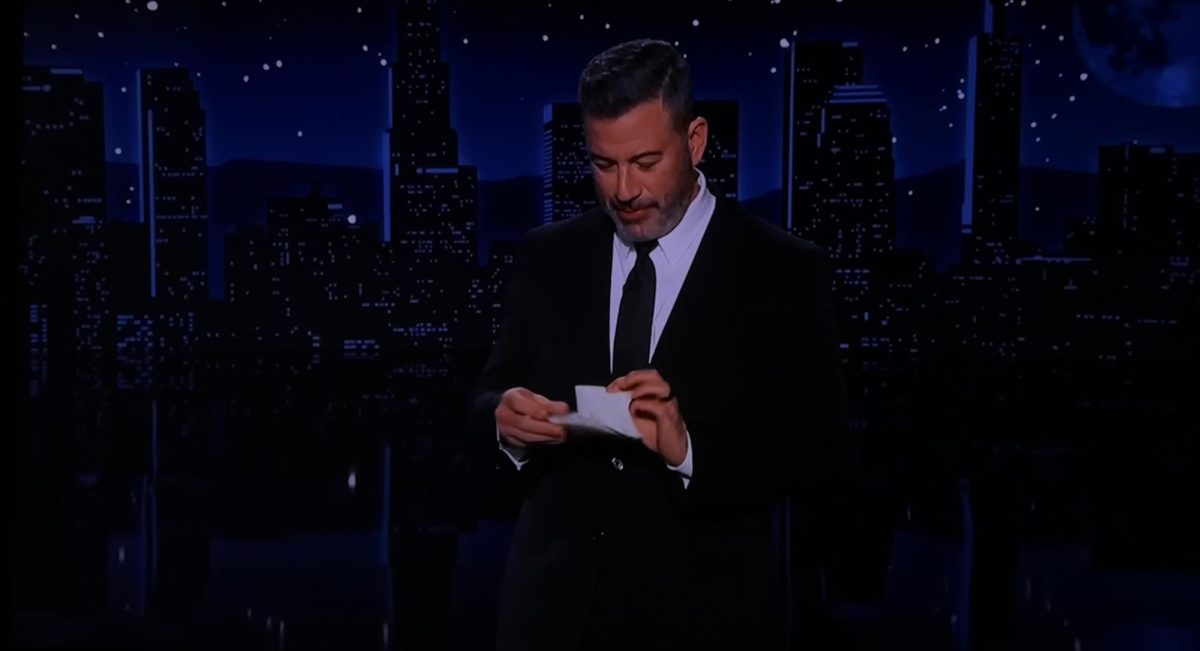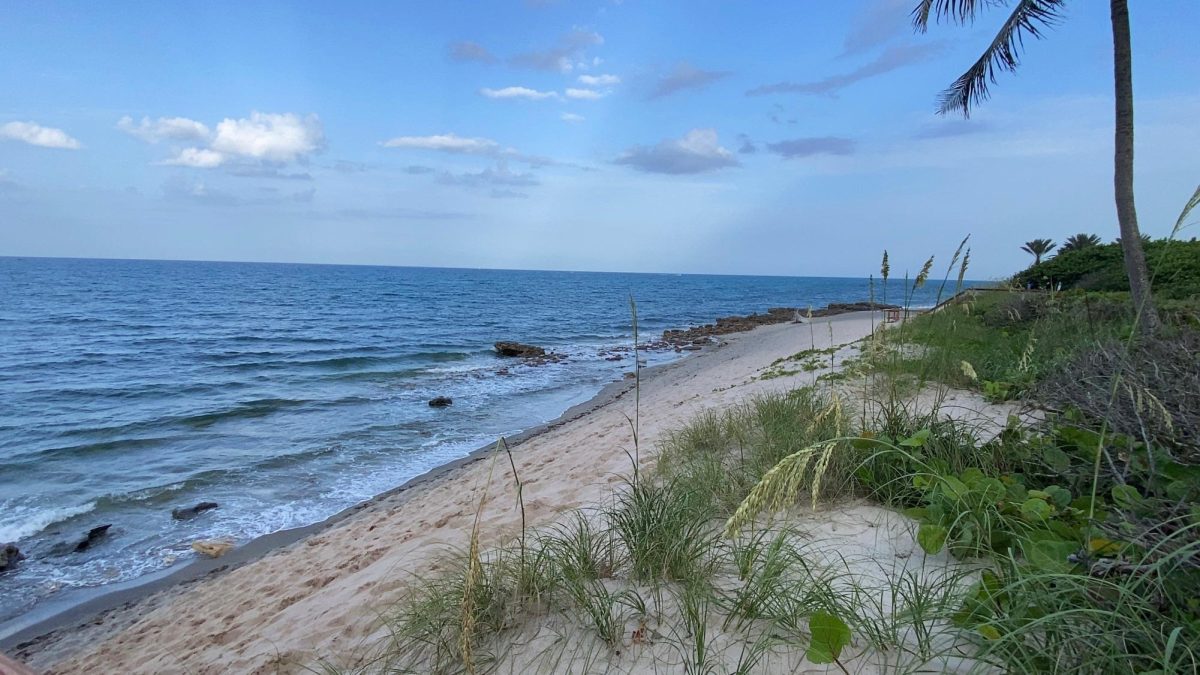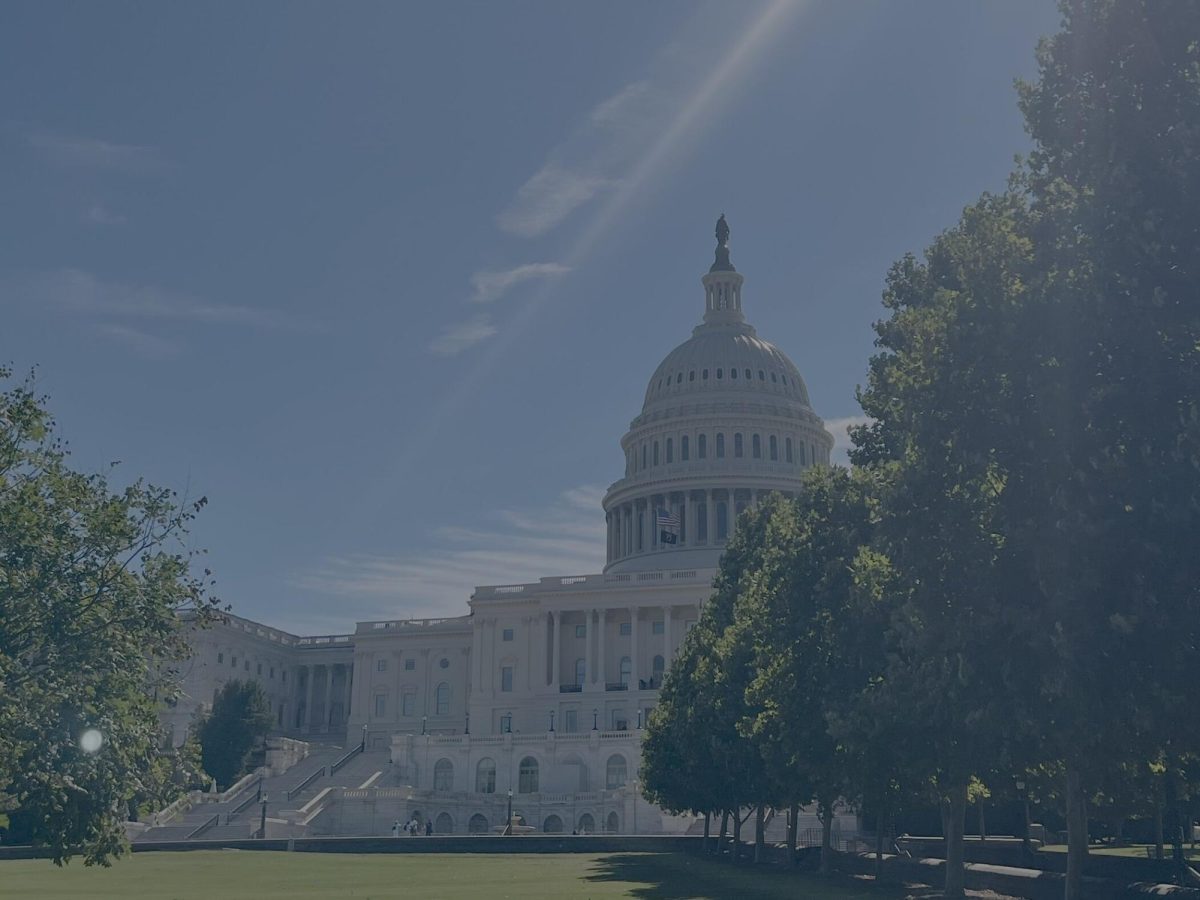21 species of animals including large mammals, birds and ocean life were officially listed as extinct, as they were removed from the endangered animals list and moved to the extinct list, on Oct.17.
The species listed on the endangered animals list were at risk of becoming extinct and now have completely died off. The U.S. Fish and Wildlife Service (FWS) has been managing the species on these lists for over 20 years.
The species moved onto the extinction list include the following: The Little Mariana fruit bat, Bachman’s warbler, Bridled white-eye, Kauai akialoa, Kauai nukupuu, Kauaʻi ʻōʻō, Large Kauai thrush, Maui ākepa, Maui nukupuʻu, Molokai creeper, Po`ouli, San Marcos gambusia, Scioto madtom, Flat Pigtoe, Southern Acornshell, Stirrupshell, Upland comb shell, Green-blossom Pearly Mussel, Tubercled-blossom Pearly Mussel, Turgid-blossom Pearly Mussel and Yellow Blossom Pearly Mussel.
“Climate change is rapidly becoming the number one reason for species extinction. That along with habitat loss is a one-two punch for these species, ending with them becoming extinct,” Jessamyn Ramsey, AP Environmental teacher, said. “Both essentially work hand in hand, causing these species to be targeted.”
Fossil fuels are used in mass quantities to produce energy, emitting heat, damaging ecosystems.
“The number one way to lessen extinction is to stop burning fossil fuels. It’s also important to look at how we’re using land,” Ramsey said. “Rewilding our landscapes and really just focusing on making a well functioning ecosystem is what we need to do now.”
Species at a higher risk of becoming extinct are larger animals.
“Mammal species like big cats, elephants, whales, all of the animals that need a lot of space are the first to be targeted,” Ramsey said. “The other type would be specialist animals that have very specific needs, such as particular biomes or ecosystems.”
Some species, such as the bald eagle, have been removed from the endangered species list due to recovery. Kendall Aldrich, AP Biology teacher, is committed to educating students on ways to help limit extinction.
“Education is always a great place to start. Educating people about a species that is on the endangered list or moving towards extinction is crucial,” Aldrich said. “If people are educated about the topic or the issue, they may be more likely to then take the steps that people are asking them to take.”
There are ways to help fight these extinction rates.
“Whether it be watching over pollution, advocating against deforestation, or focusing on our water quality, there’s things everyone can do to contribute,” Aldrich said.







